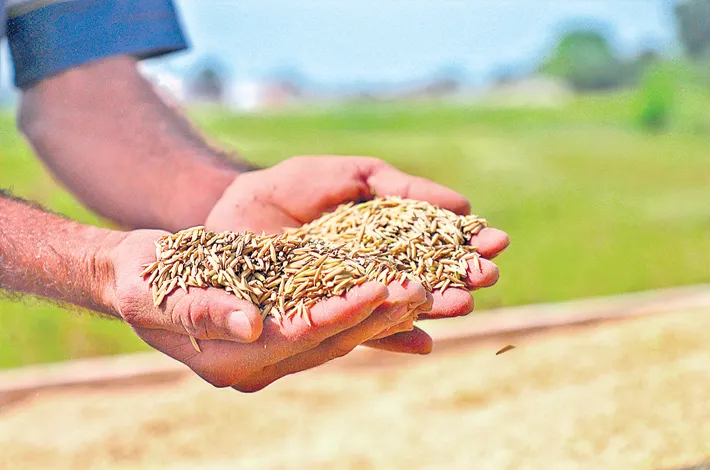‘Studies indicate higher prevalence of stress urinary incontinence in rural areas’
18-06-2025 12:00:00 AM

Metro India News | Hyderabad
Studies indicate a higher prevalence of Stress Urinary Incontinence (SUI) in rural areas, said Dr Sarika Pandya, Urologist, Asian Institute of Nephrology and Urology (AINU). Dr Sarika said studies found SUI prevalence to be 23% in rural areas and 16% in urban areas. Reasons for that are lower awareness, stigma, and limited access to healthcare.
Urinary incontinence is often a taboo subject, making it difficult to discuss even with close family or partners. This lack of open dialogue perpetuates the stigma and makes it harder for individuals to seek help, said Dr Sarika.
Diagnosing SUI in women early can be challenging due to several factors. These include the potential for mild or intermittent symptoms, the embarrassment or stigma associated with discussing incontinence, and the varied presentations of SUI, which can sometimes mimic other conditions. Additionally, some women may not seek medical attention for SUI, fearing surgery or believing their symptoms are not serious enough, said Dr Sarika.
Urodynamic tests can help distinguish SUI from other types of urinary incontinence, like urge incontinence or overactive bladder. A lower leak-point pressure, for example, suggests a weaker urethral sphincter and more severe SUI. The results of Urodynamic tests can help doctors choose the most appropriate treatment plan for SUI, such as pelvic floor muscle exercises, medications, or surgery.
Patients often misattribute SUI symptoms to other conditions like UTIs or aging. A thorough history and physical examination can help differentiate SUI from other conditions, and the doctor can ask about the timing and inciting activity of leakage to further differentiate. A cough stress test and bladder ultrasound may also be used to diagnose SUI.
- Dr Sarika Pandya, Urologist, Asian Institute of Nephrology and Urology (AINU)








